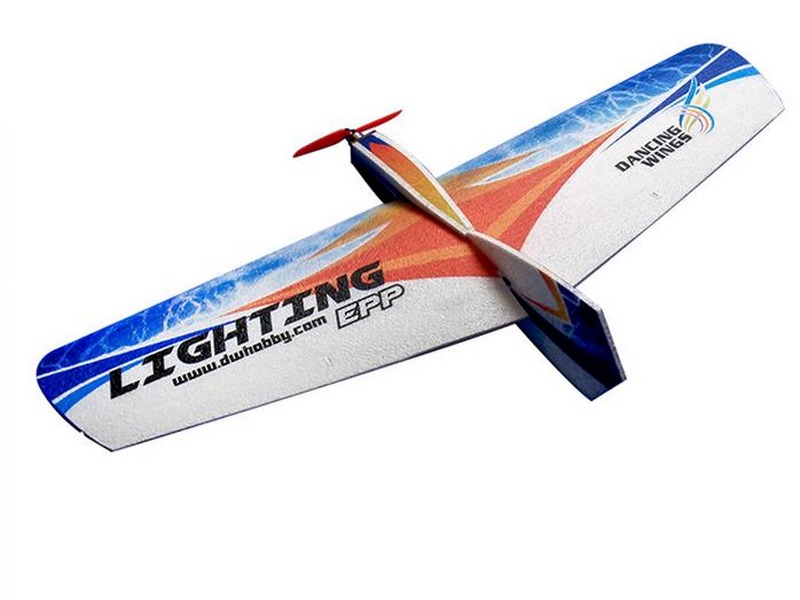What is free flight in RC planes?

Free flight in RC planes is a type of radio-controlled flying that requires no assistance from the pilot during the flight. It is a highly technical hobby that requires skill and knowledge to achieve successful results, and is often used to compete in competitions.
In RC plane free flight, the pilot programs the flight path into the plane's onboard computer, which allows the plane to fly autonomously. The pilot then sets the controls and launches the aircraft, which will follow the programmed flight path. The pilot does not need to intervene in the plane's flight, as the plane has been specifically designed to fly without any external input from the pilot. This type of flying provides the pilot with the freedom to explore the plane's flight capabilities without the need to constantly monitor the aircraft.
RC plane free flight also provides pilots with the ability to explore new types of maneuvers and techniques, as they have the ability to experiment without worrying about the risk of crashing the plane. The pilot can also learn different techniques for controlling the plane and becoming more efficient in flying.
Free flight in RC planes is a challenging hobby that requires the pilot to develop their skills in order to achieve successful results. The pilot must have a good understanding of the plane's flight dynamics, the forces that act upon it, and the control systems used to control the plane. The pilot must also understand how to interpret the data that the plane's onboard computer provides in order to make adjustments to the flight path if necessary.
The pilot must also be aware of the various safety protocols that must be followed in order to maintain a safe and successful flight. This includes following the appropriate pre-flight and post-flight procedures, as well as understanding the regulations of the airspace in which the plane is being flown.
Free flight in RC planes can provide pilots with an exciting and educational experience that can be both rewarding and enjoyable. However, it is important for the pilot to understand the risks associated with this type of flying and to operate the plane with the utmost safety in mind. It is also important for the pilot to understand the rules and regulations of the airspace that the plane is flying in.
Comments / Question
2. Manual Flight Control: Manual control by the pilot is essential for accurate control of the RC plane. Pilots must use a transmitter to send signals to the plane’s servos, which then control the surfaces of the aircraft. This can involve pushing the right or left stick of the transmitter to control the planes yaw and roll.
3. Wind Compensation: Wind can cause an RC plane to drift away from its intended course. Wind compensation algorithms are used to adjust the aircraft’s flight path so it stays on its intended course. They typically involve measuring the wind strength and direction and then adjusting the aircraft’s flight path to compensate for its current position.
4. Airflaps: Airflaps are devices that can be used to increase lift and improve stability during flight. These small movable fins are typically mounted at the leading edges of the wings and can be extended to increase lift or retracted to reduce drag.
5. Throttle: The throttle is one of the primary ways a pilot can control the speed of the aircraft. Increasing or decreasing the throttle can help pilots keep the aircraft in the air longer, as well as make quick course corrections.
6. Trimtabs: Trimtabs are small adjustable tabs that are used to make small adjustments to an aircraft’s flight path. By placing the tabs in the proper position, pilots can make small course corrections to keep the aircraft on its intended course.
2. Make sure you have a spotter to help you keep an eye on the plane.
3. Check the weather conditions before flying and avoid flying in windy conditions.
4. Make sure your plane is in good condition and all components are working properly.
5. Wear safety glasses to protect your eyes from debris.
6. Fly at a safe altitude and keep the plane within your line of sight at all times.
7. Be aware of other aircraft in the area and keep your plane away from them.
8. Be aware of any local laws or regulations that may apply to flying RC planes.
9. Make sure your transmitter is set to the correct frequency before flying.
10. Have a plan for how you will land the plane safely.
2. Freedom: Free flight RC planes offer the freedom to fly without the need for a transmitter or receiver. This allows for more creative and spontaneous flying.
3. Simplicity: Free flight RC planes are much simpler to operate than traditional RC planes, making them a great option for beginners.
4. Variety: Free flight RC planes come in a variety of shapes and sizes, allowing for a wide range of flying experiences.
5. Relaxation: Free flight RC planes are a great way to relax and unwind, as they require minimal effort and attention.

